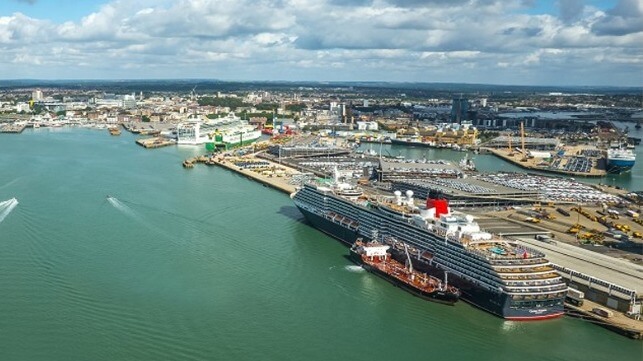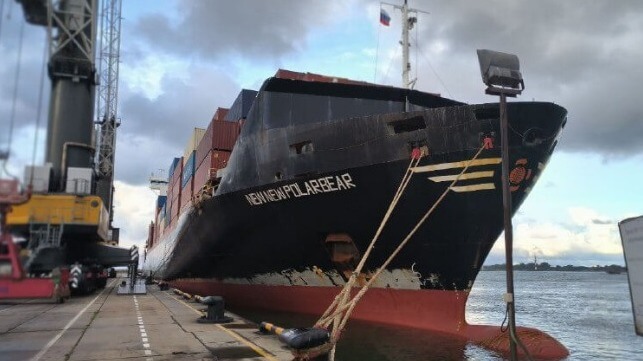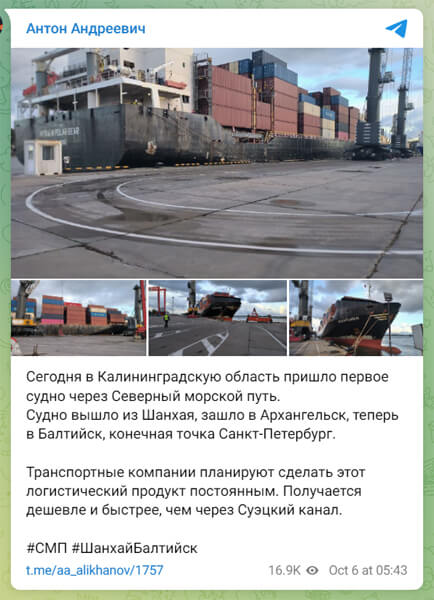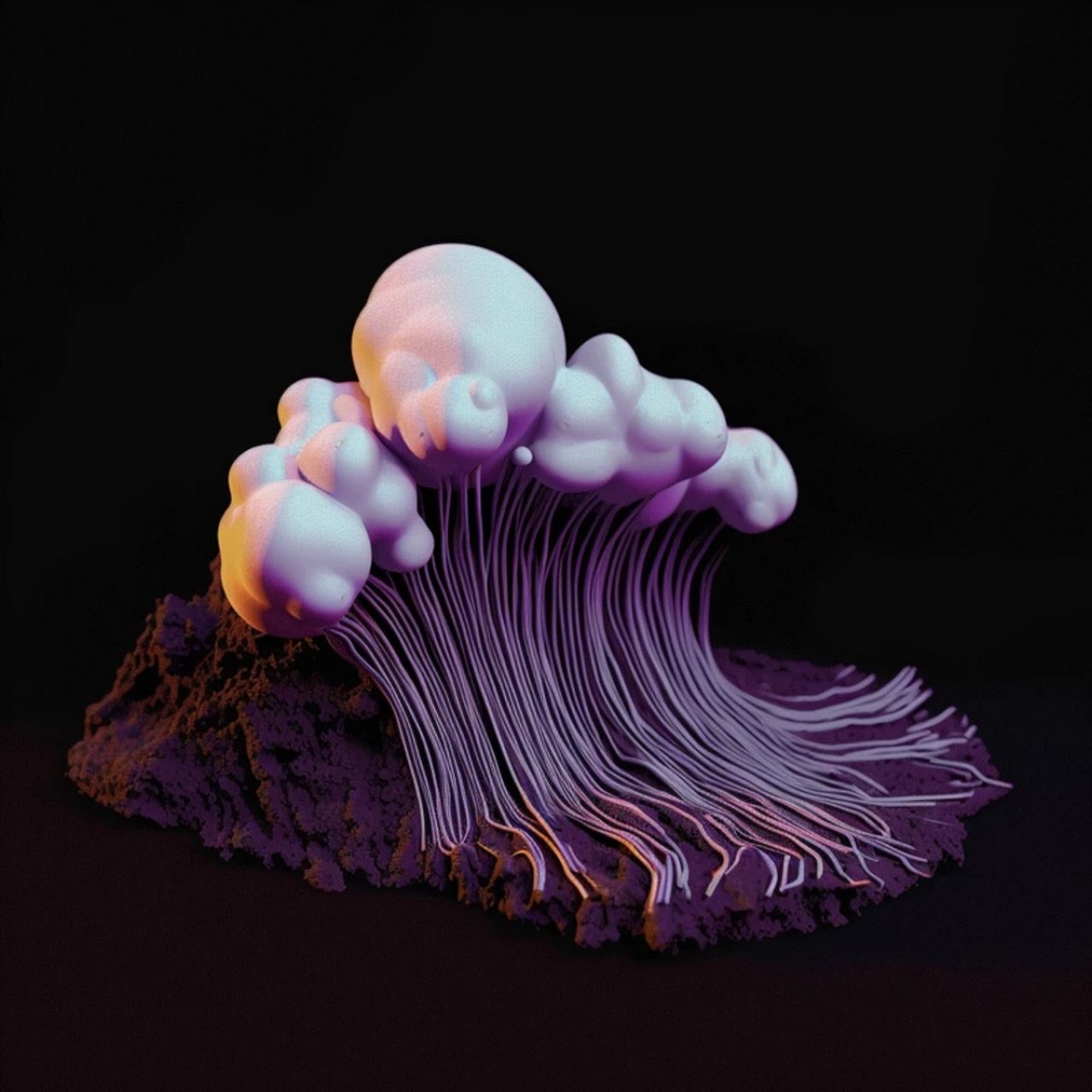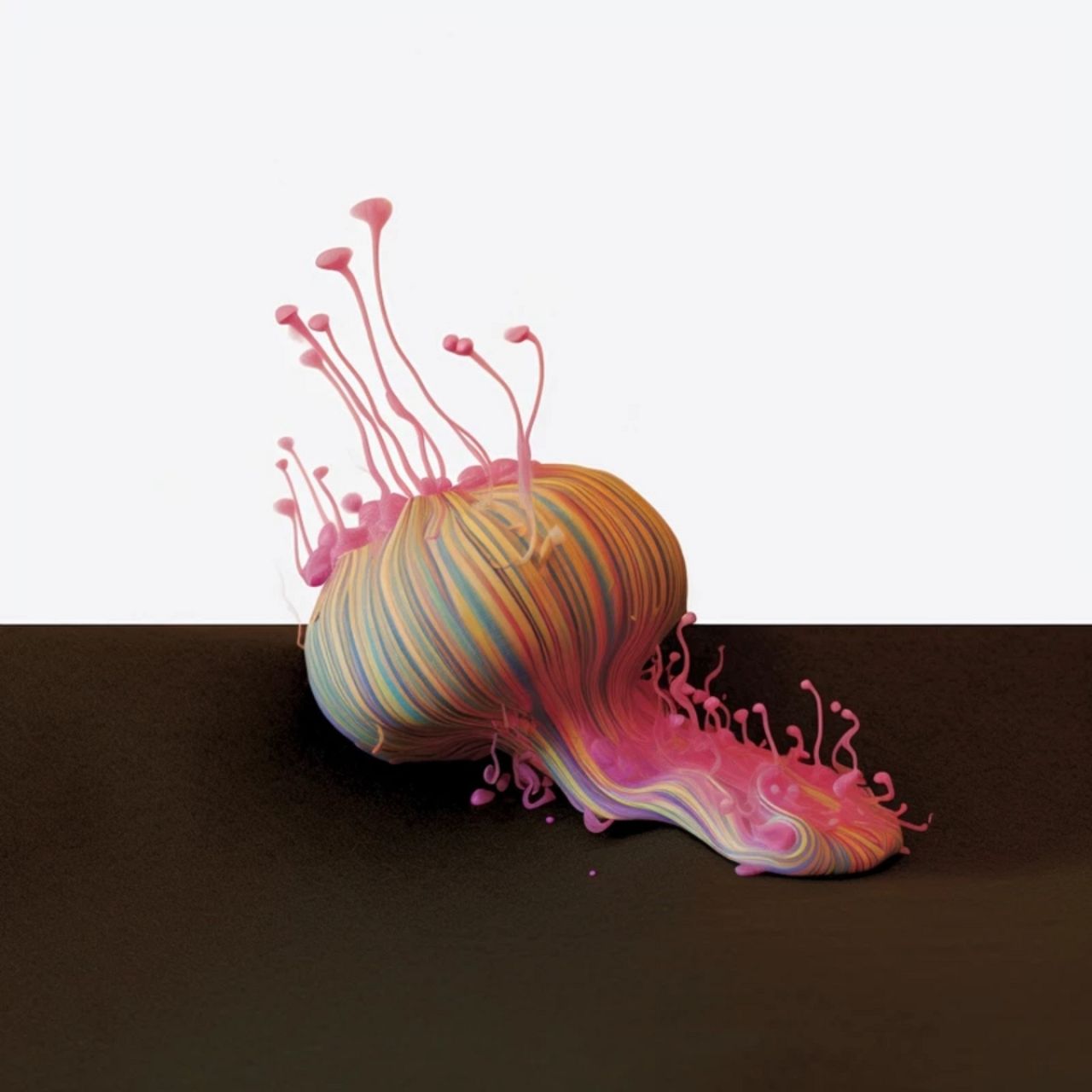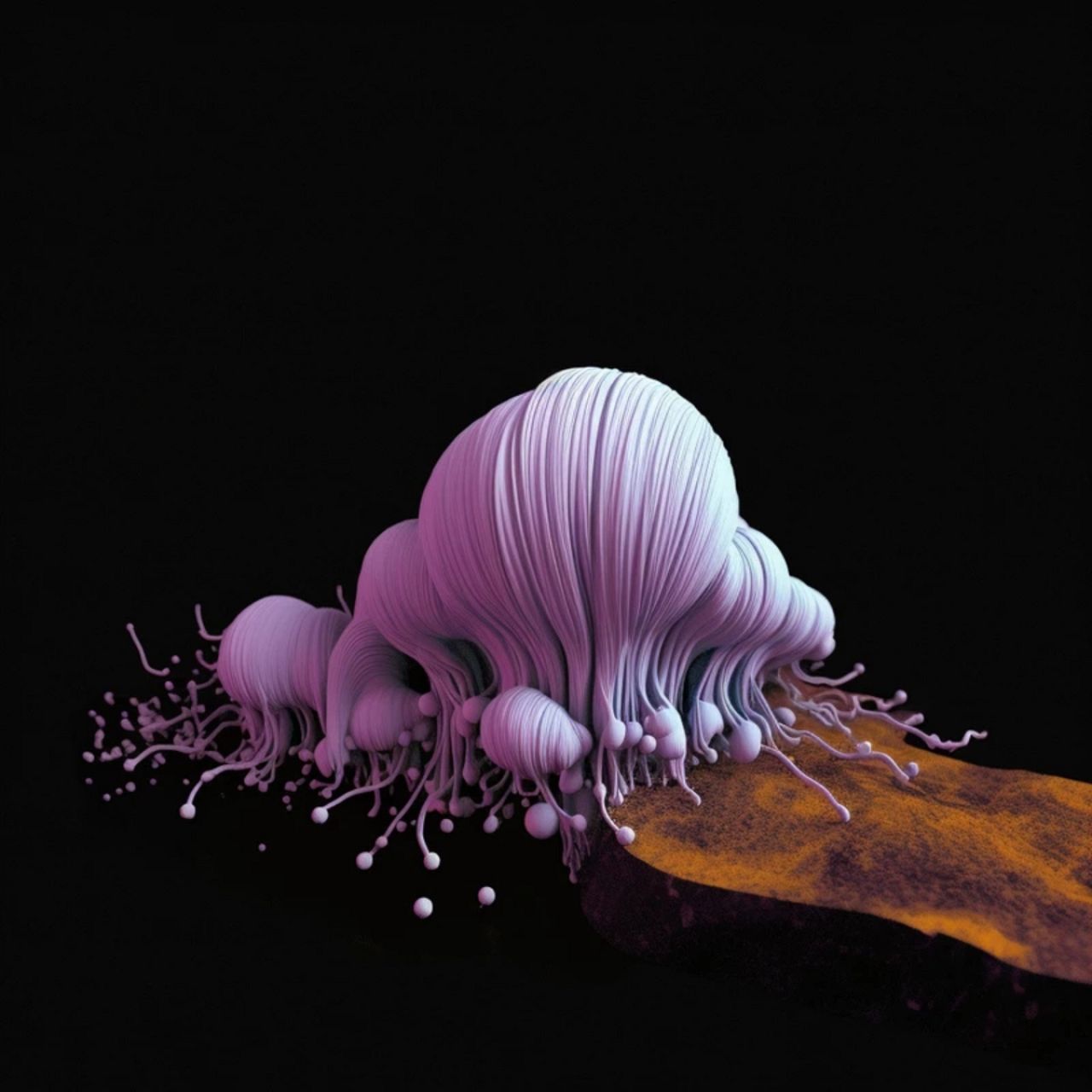NTNU Opens "Test Arena" for Maritime Robots in Trondheim
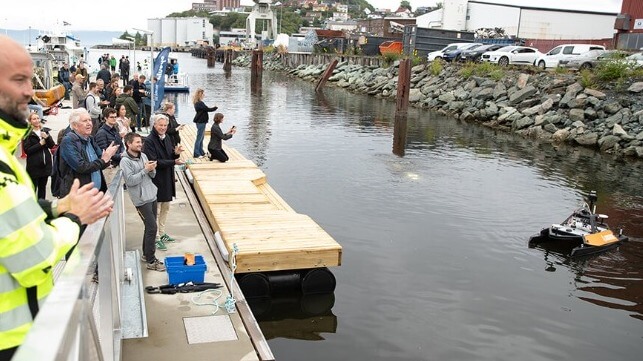
[By Idun Haugan]
There’s a professional crowd all interested in autonomous vessels at NTNU Nyhavna and the research infrastructure there: Trondheim Harbour, Trondheim municipality, Maritime Forum Midt-Norge, Fremtidens Industri / Future Innovations – and NTNU.
The official opening in late August brought together some 200 representatives from businesses, public agencies and research groups, and a wide range of vessels above and below water filled the harbour. From the new floating piers, attendees could follow a luminous snake robot from Eelume on its underwater journey.
Trondheim Port Authority and Trondheim Municipality have established the floating dock facility for NTNU’s use in research and education involving autonomous vessels. The facility consists of a 60-metre floating jetty in the outer harbour basin and a land-based crane – and will eventually include an adjacent 120-square-metre workshop building.
“NTNU, our students and our partners will use this as a starting point for testing autonomous vessels, as well as for workboats linked to the advanced high-tech infrastructure located in the Trondheim Fjord,” says Morten Breivik, an associate professor at the Department of Engineering Cybernetics.
NTNU Nyhavna’s research infrastructure also includes 450 square metres of space in the Trondheim Maritime Centre, comprising offices, open landscape, meeting rooms, an electronics lab and the NTNU Shore Control Lab.
Researchers, research fellows and master’s students work on designing control rooms and uncrewed vessels in the Shore Control Lab.
This research community, which lies at the heart of Trondheim’s maritime environment, develops and tests new control technology precisely where it will be used – in the ocean.
Proud and committed dean
Ingrid Schjølberg, dean at the NTNU Faculty of Information Technology and Electrical Engineering, conducted the official opening and ribbon cutting. She is strongly committed to developing the infrastructure at Nyhavna.
Many different groups and agencies are collaborating closely on Trondheim as a development arena for maritime technology. NTNU dean Ingrid Schjølberg was in charge of the ribbon-cutting and official opening of NTNU Nyhavna, flanked by the director of the Trondheim Port, Knut Thomas Kusslid (left) and Kristian Dahlberg Hauge, director of industry, transport, climate and environment for the Municipality of Trondheim. Photo: Idun Haugan/NTNU
“Nyhavna – with its quay and proximity to the sea – is an excellent place for us at NTNU. Here we can test autonomous maritime technology directly in the ocean. It’s an incredible amount of work to test hardware and software and get it all to work together, so NTNU Nyhavna will be an important arena for this,” Schjølberg says.
She knows the field intimately, with a PhD in underwater robotics and as a professor in marine cybernetics.
“Nyhavna has brought together strong academic groups and young technology companies, and I’m proud that we have this maritime cluster,” says Schjølberg.
Gold for the students
Frithjof Bugge, who heads the student organization Njord at NTNU, also spoke at the opening. “For us students – who are the technologists of the future – being able to come here to Nyhavna and meet people with strong innovation experience who work here and share their experiences with us is worth its weight in gold,” he says.
Njord has just organized the world’s first international student competition in navigating self-designed pilotless vessels at Nyhavna. Seven teams from three continents participated.
“Those of us who work with pilotless vessels have all had the experience that algorithms for control systems work really well in theory, but then don’t work in practice when the vessel is at sea. So an easily accessible arena where we can test things out in practice is worth gold,” says Bugge.
Maritime Silicon Valley?
The Trondheim Science Centre (Vitensenteret i Trondheim in Norwegian) also wants to move to Nyhavna, into the top floor of the Dora 1 submarine bunker.
“Having the Trondheim Science Centre here could offer a complete innovation complex in Nyhavna that would extend from curious 5-year-olds all the way to students, researchers and innovation companies,” says Frode Halvorsen, cluster manager for the Ocean Autonomy Cluster.
Gard Ueland, chair of the Maritime Forum and adviser at the Kongsberg Group, points out that Trondheim has become a centre for students and researchers from all over the world who want to work in maritime technology.
“Trondheim could become a maritime Silicon Valley,” says Ueland.
Creating value in a vibrant city neighbourhood
The NTNU researchers who are working with the new research infrastructure are committed to ensuring that research and innovation play a central role in Nyhavna and contribute both to value creation and a vibrant city neighbourhood.
These three committed researchers are the driving force behind much of what happens at NTNU Nyhavna. NTNU associate professors Ole Andreas Alsos (left), Egil Eide and Morten Breivik. Photo: Kai T. Dragland / NTNU
“This development will be a smart and good move to promote and grow Trondheim into the technology capital it should be,” says Egil Eide, associate professor at NTNU’s Department of Electronic Systems.
“The research environment at Nyhavna is a crowning example of interdisciplinary research in practice and shows the added value of linking several disciplines. We’ve achieved things in a short amount of time that few others in the world have done before us,” says Ole Andreas Alsos, an associate professor at the Department of Design and head of the Shore Control Lab.
The researchers have engaged the architectural firm Etyde to develop the concept “Nyhavna 5.0”, which combines housing, marine industry and other functions in a hybrid district that is alive 24/7. The vision is a coexistence between business and housing, research and culture, and information and experiences.
This article appears courtesy of Gemini News and may be found in its original form here.
The opinions expressed herein are the author's and not necessarily those of The Maritime Executive.
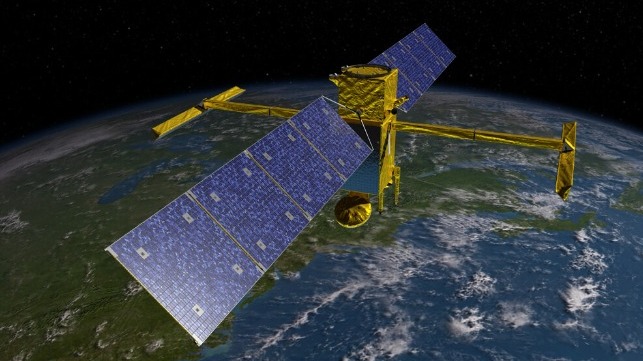
 Earth’s oceans are filled with complex network of currents driven by the rotation of the planet. NASA / Goddard Space Flight Center Scientific Visualization Studio
Earth’s oceans are filled with complex network of currents driven by the rotation of the planet. NASA / Goddard Space Flight Center Scientific Visualization Studio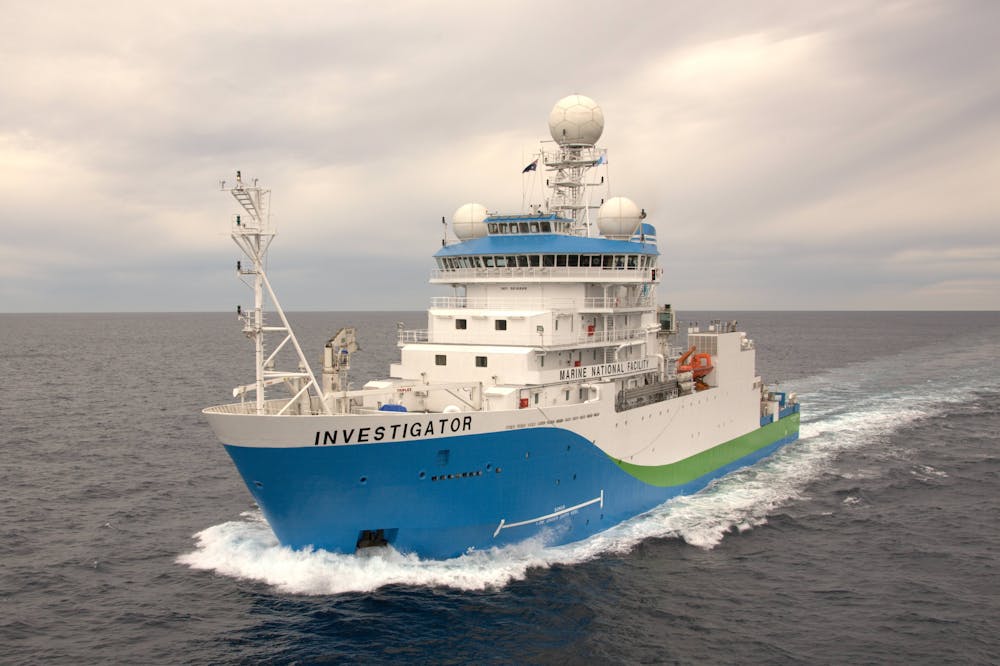

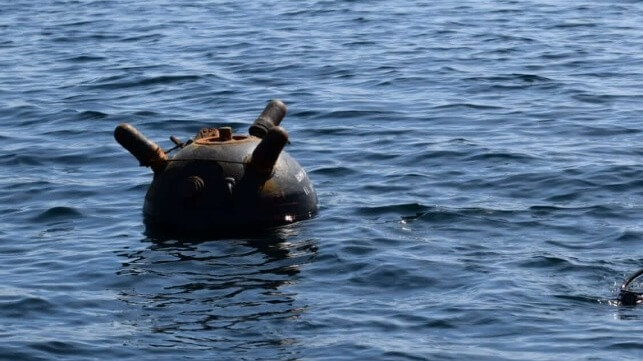
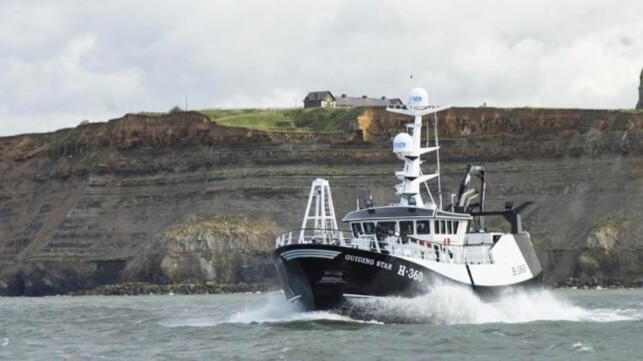
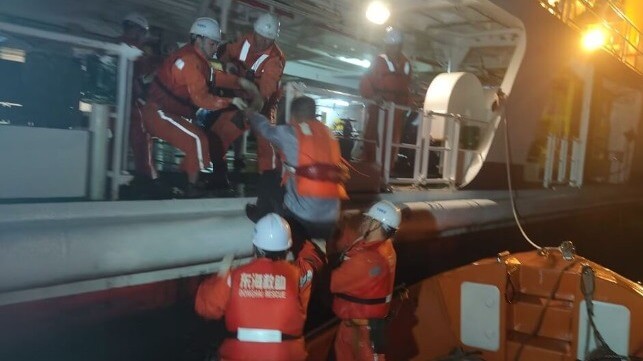
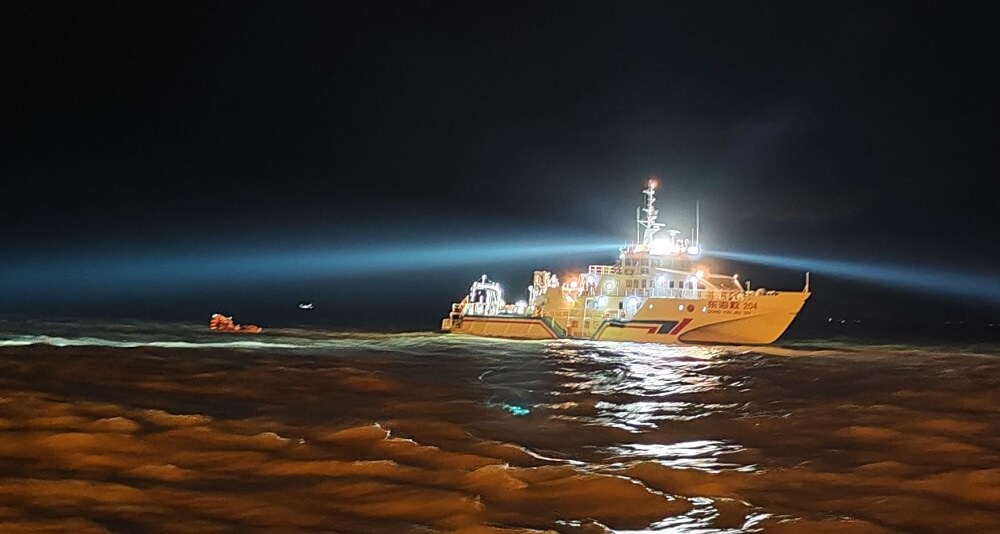
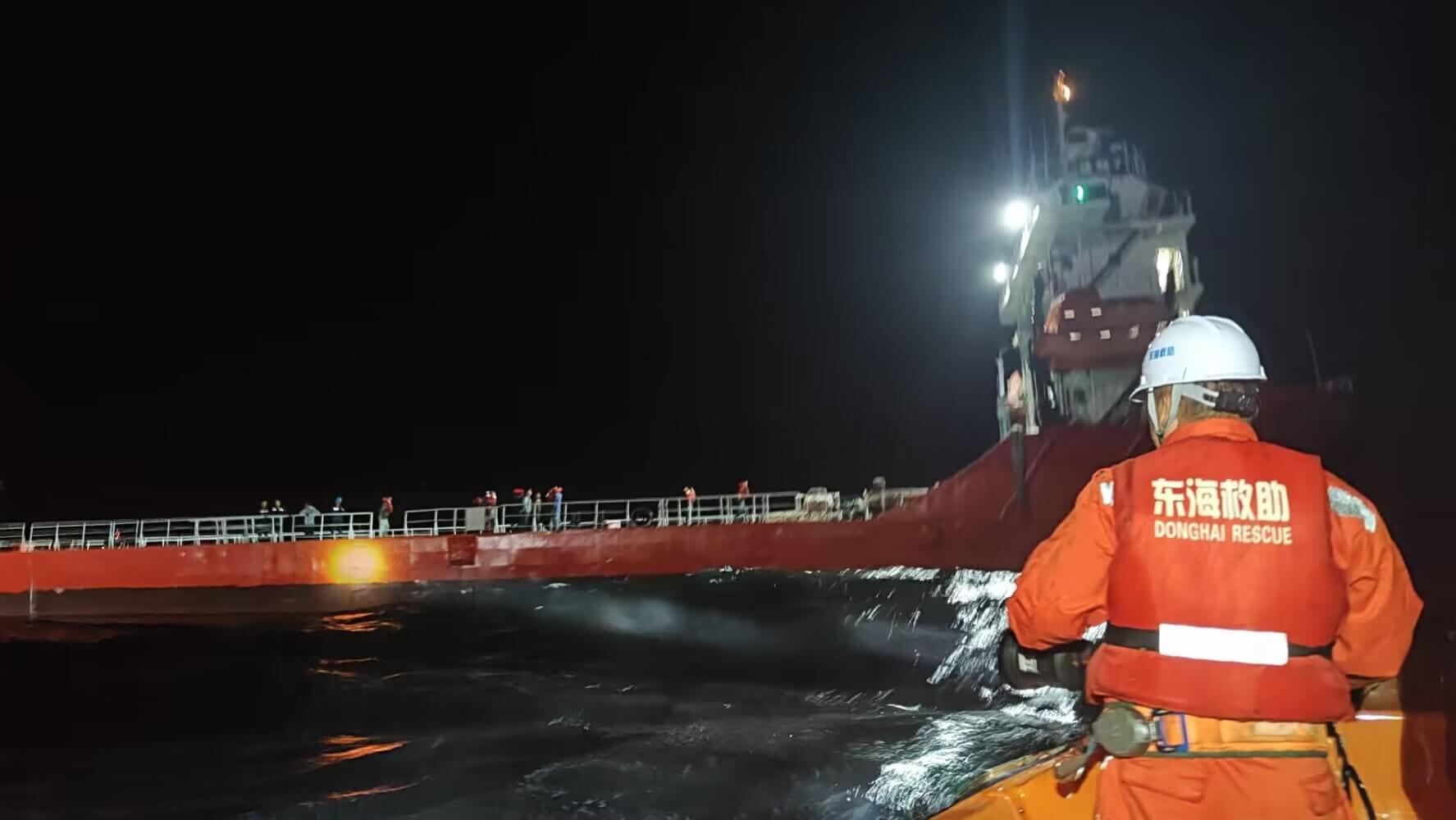
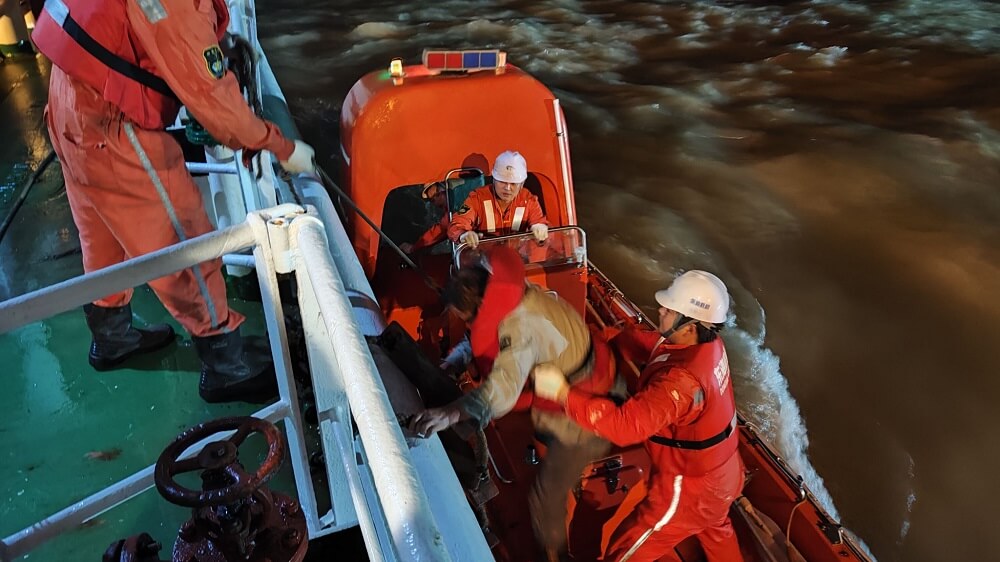
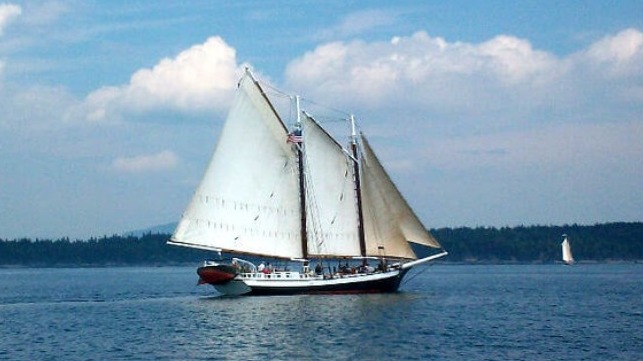
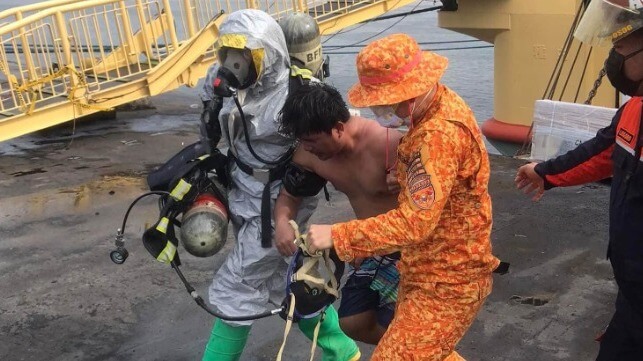
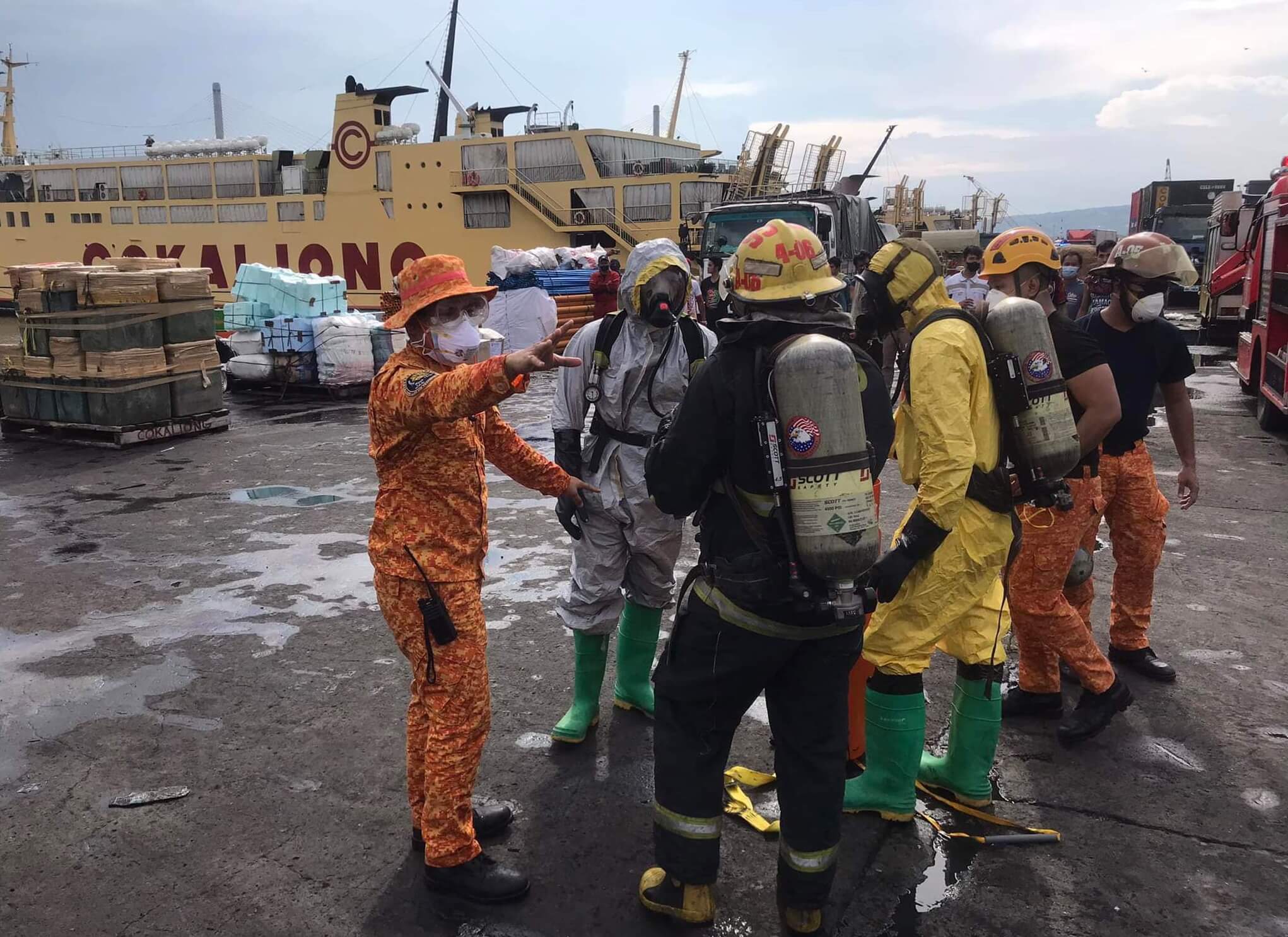
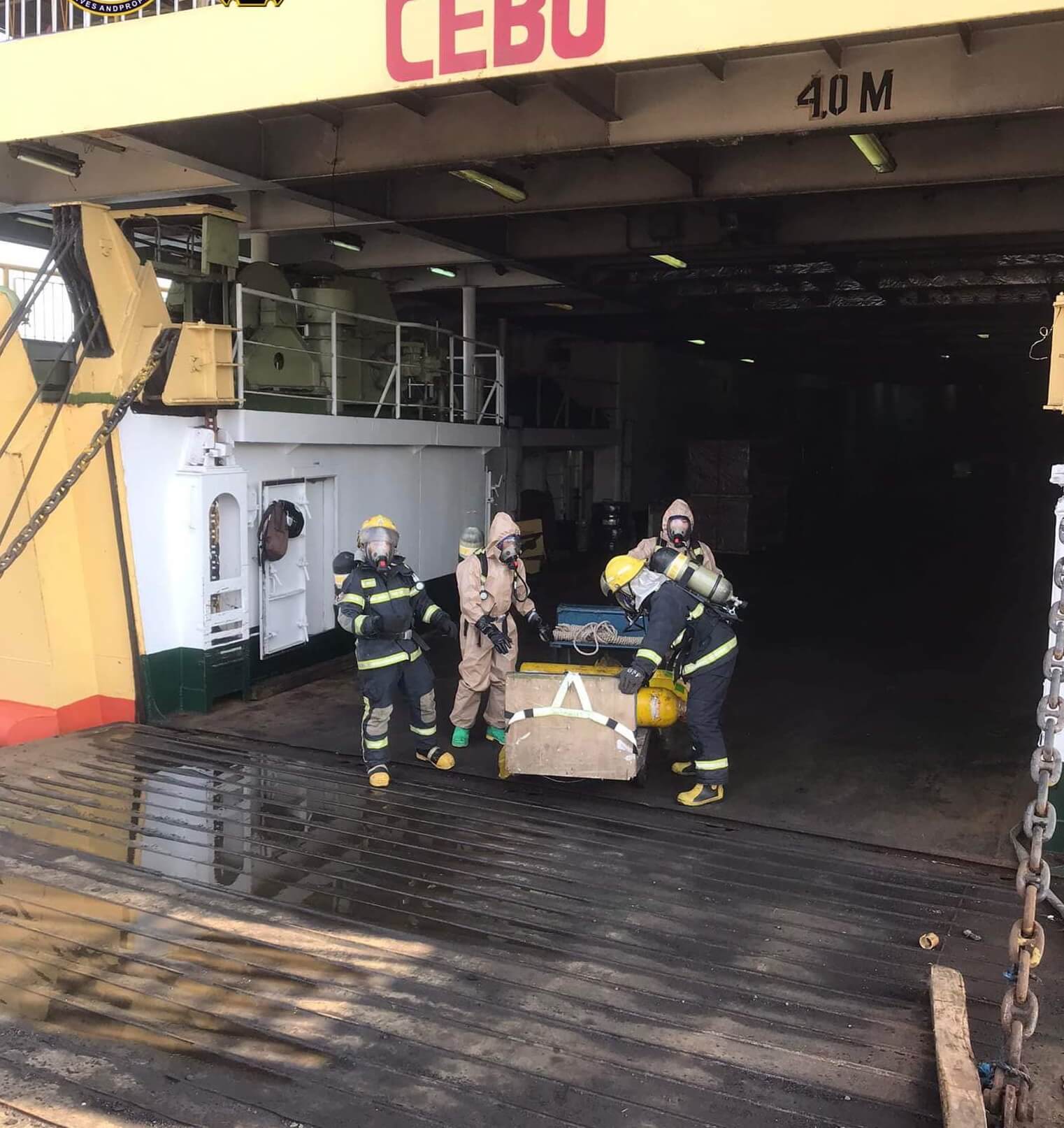
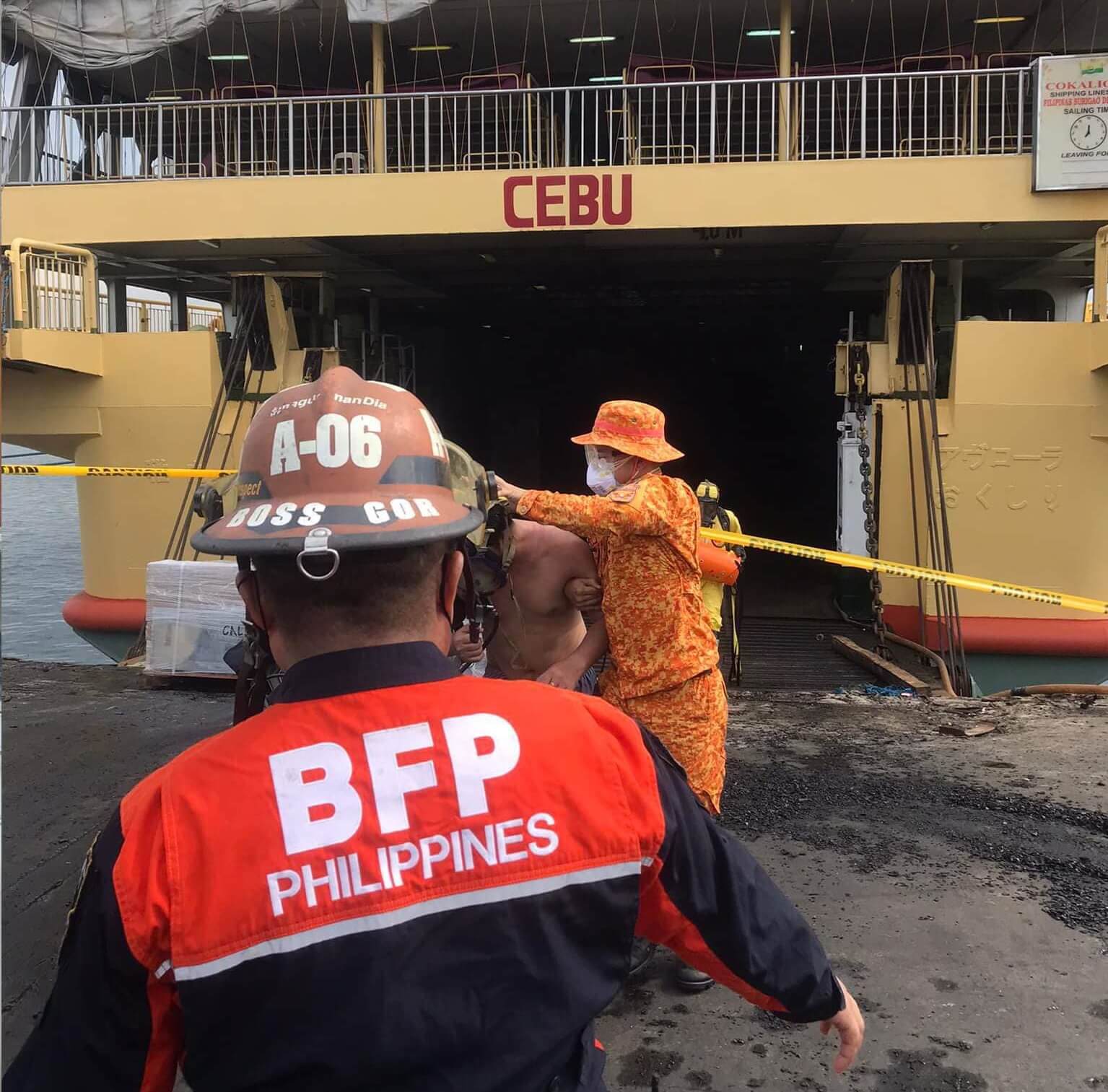 All images courtesy BRP Region 7
All images courtesy BRP Region 7